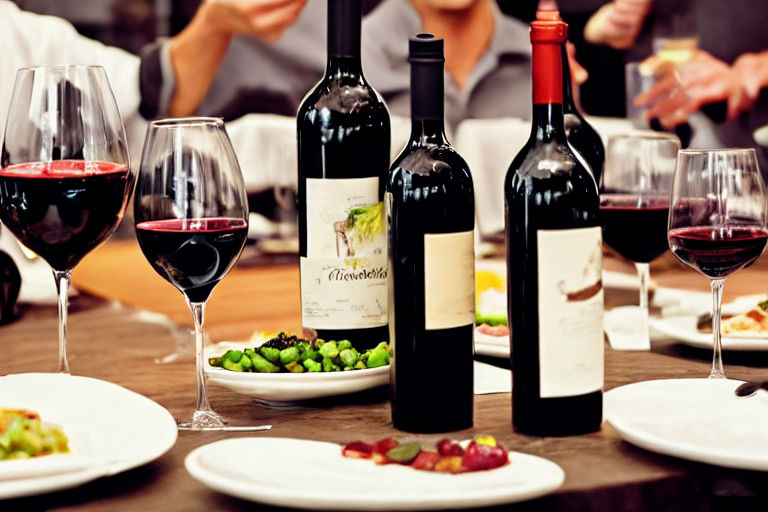Mastering the Art of Food and Wine Pairings: Lessons from Top Sommeliers
Pairing wine with food can be a daunting task, especially when you have to deal with a variety of flavors and textures. However, mastering the art of food and wine pairings is not impossible, and there's no better way to learn than from top sommeliers, who have dedicated their lives to the craft. Here are some lessons you can learn from them:
1. Pair with Flavor Intensity
Sommeliers often recommend pairing wine and food based on flavor intensity. Light white wines, like Pinot Grigio, should be paired with light dishes, like fish and salads. Bolder white wines, like Chardonnay, can be paired with more flavorful dishes, like creamy pastas and grilled seafood. Similarly, light red wines, like Pinot Noir, are best paired with delicate dishes, like poultry and fish, while fuller red wines, like Cabernet Sauvignon, go well with bold dishes like steak and stews.
2. Consider Sweetness and Acidity
The sweetness and acidity of both the wine and the dish can greatly affect the pairing. Sweeter wines, like Riesling, pair well with spicy or salty dishes, while acidic wines, like Sauvignon Blanc, can help cut through rich or fatty dishes. When pairing sweet wines with desserts, make sure the wine is sweeter than the dessert to avoid an overpowering taste.
3. Don't Be Afraid of Contrasts
While matching the wine and food based on similarity is often a good idea, don't be afraid to mix and match contrasting flavors. Sometimes, a wine with contrasting flavors can bring out the best in a dish. For example, a rich and buttery Chardonnay can balance out spicy Asian cuisine, or a crisp and acidic white wine can complement a creamy cheese plate.
4. Consider the Cooking Method
The way a dish is cooked can greatly affect the pairing. Grilled and roasted meats pair well with full-bodied red wines, while lighter red and white wines are better suited for poached or steamed dishes. The cooking method can also affect the texture of the food, which should be taken into account when choosing a wine pairing.
5. Experiment with Different Regions
Wines from different regions can have unique flavors and characteristics that can greatly affect the pairing. Consider experimenting with different regions and varietals to find the perfect pairing for your dish. Don't be afraid to ask for recommendations from your local wine shop or sommelier.
Conclusion
Mastering the art of food and wine pairings takes practice and experimentation, but with these tips and lessons from top sommeliers, you'll be on your way to creating the perfect pairing every time. Remember to consider flavor intensity, sweetness and acidity, don't be afraid of contrasts, consider the cooking method, and experiment with different regions. Cheers to delicious and harmonious food and wine pairings!



